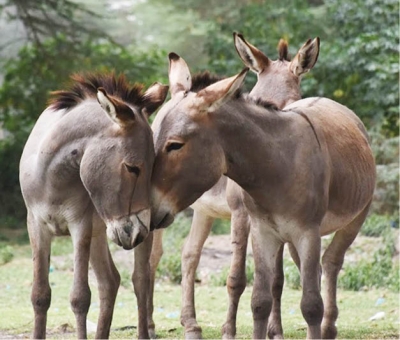News And PoliticsHealth And LifestyleSports And FitnessAgricultureOthersArts And EducationBusiness And MoneyCommunications And EntertainmentRelationship And MarriageStories And PoemsMotivationalsScience And TechnologyIT And Computer ScienceVehicles And MobilityPersonal Care And BeautyFamily And HolidaysFood And Kitchen
profile/6043MEEEE.jpg
Mafroosh12

New Pineapple With Pink Interior Launched
~0.5 mins read
Del Monte Fresh Produce N.A., Inc. has announced the launch of its newest product, the exclusive and luxurious Pinkglow Pineapple.
The Pinkglow Pineapple is a novel pineapple with a pink interior, new and uniquely grown by Fresh Del Monte.
This pink pineapple, which hits the market on October 12th, 2020, can only be purchased online.
The Pineapples, which have been in development since 2005, are grown on a selected farm in Costa Rica, and take up to 24 months to produce.
The Pineapples are harvested by hand with their crowns replanted to increase the volume of crops and reduce waste.
The Pinkglo Pineapple can currently only be purchased online and will be sent direct-to-consumers nationwide in the United States for consumption.
profile/6043MEEEE.jpg
Mafroosh12

NAPRI Moves To Establish Donkey Ranches
~1.5 mins read
The National Animal Production Research Institute (NAPRI), Zaria, in collaboration with partners, is working towards establishing ranches in Toro, Bauchi State and Ebonyi to preserve the local donkey breed and enhance livestock farming.
Professor Abdullahi Mohammed, the executive director of the NAPRI, made this known in an interview with News Agency of Nigeria (NAN) in Zaria.
Mohammed said the institute had signed a Memorandum of Understanding with Earthwheel Logistics Limited and other partners sometime in February to breed over two million donkeys in Nigeria in the next five to 10 years.
He said the value chain was expected to generate about $2billion annually for the country.
Mohammed added that the partnership was aimed at improving the breed of donkeys that would add value to Federal Government’s diversification plan in agriculture.
“The National Council of Agriculture, during its meeting in Sokoto, observed that the number of donkeys in Nigeria was depleting. Subsequently, the Federal Ministry of Agriculture and Rural Development declared donkeys as endangered species due to high haulage of the animal from northern to southeastern part of the country for consumption and export.
Another reason the number of donkeys is depleting at such an alarming rate is because donkey skins are being used for traditional medicine in Asia,†he said.
He, therefore, said the Federal Government tasked the institute to do something towards improving the production of donkeys. He added that the institute had already established a donkey preservation and reproduction unit.
“We currently have more than 100 donkeys in the unit. The NAPRI, through a foreign partner, ARLA Group (producers of Dano Milk), entered into an agreement with the Fulani community in Kubau Local Government of Kaduna State to enhance milk production and health of the animals,†he said.
He added that the collaboration was hinged on the establishment of pastures.
“We used our farm machinery to cultivate a large pasture field around Damau area in Kubau Local Government. This partnership is aimed at ending farmers/herdsmen crises in the region,†he said.
He noted with concern, the state of some research facilities in the institute. (NAN).
Advertisement

Link socials
Matches
Loading...
